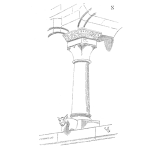
Two Sides of a Coin: Quality and Reliability
Abstract
Dianna and Chris discussing their different viewpoints of quality and reliability: how they are really two sides of a coin that are supported by the culture of an organization and by individual contributors.
ᐅ Play Episode


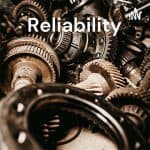


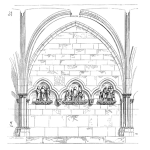
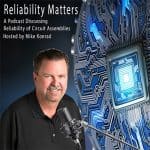


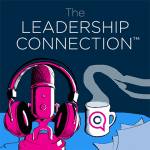

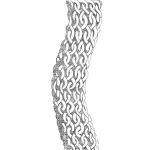
 Ask a question or send along a comment.
Please login to view and use the contact form.
Ask a question or send along a comment.
Please login to view and use the contact form.